Free shipping on all US orders
10% OF OUR PROFIT GOES TO KIDS’N’CULTURE NON-PROFIT ORGANIZATION
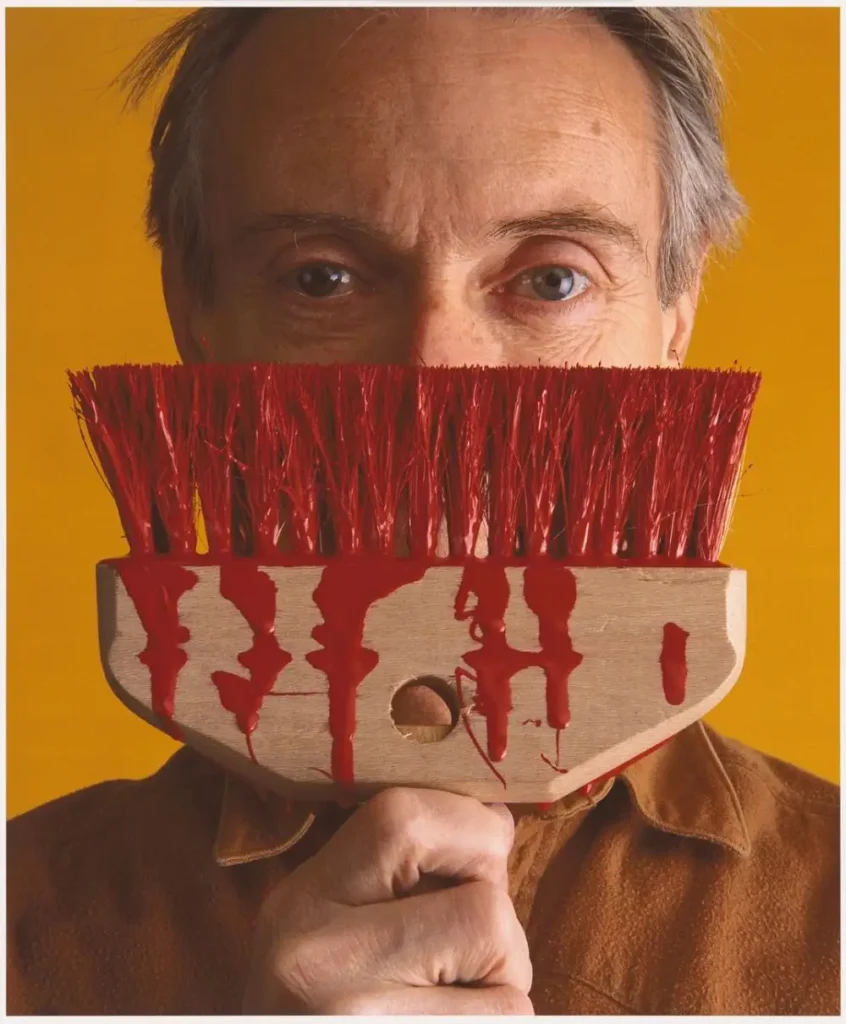
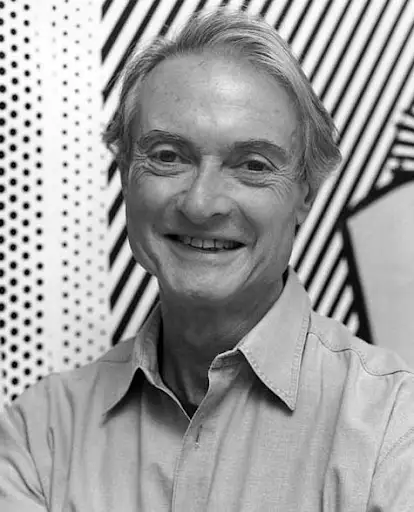
Roy Fox Lichtenstein entered the world on October 27, 1923, in New York City and belonged to an affluent social class. His father operated as a real estate broker while his mother dedicated herself to homemaking and maintained an artistic interest. The young Lichtenstein developed his interest in drawing and design during his childhood years. He studied at the Art Students League of New York under Reginald Marsh before moving to Ohio State University where he studied under the influence of European modern artists including Picasso and Mondrian. The artist spent his World War II service in the U.S. Army from 1943 until 1946. After his military service he finished his Bachelor of Fine Arts and Master’s degrees at Ohio State University before starting his teaching career.

American art during the late 1950s operated under Abstract Expressionism through artists Jackson Pollock and Willem de Kooning. The artist Lichtenstein chose to create art that would represent the expanding consumer society and mass media of postwar America. Lichtenstein started creating his artwork from comic book panels which he focused on romance and war comic content. The artist used mechanical precision to depict emotional intensity and dramatic elements in his works which he presented with an ironic tone.
He achieved his artistic breakthrough through “Look Mickey” which he created in 1961 by using a children’s comic book image of Mickey Mouse and Donald Duck. The artwork used flat colors, thick outlines and comic-style dots which created a shocking effect on the art world. Through this artwork Lichtenstein established Pop Art as a new artistic movement which used popular culture to create both admiration and criticism.

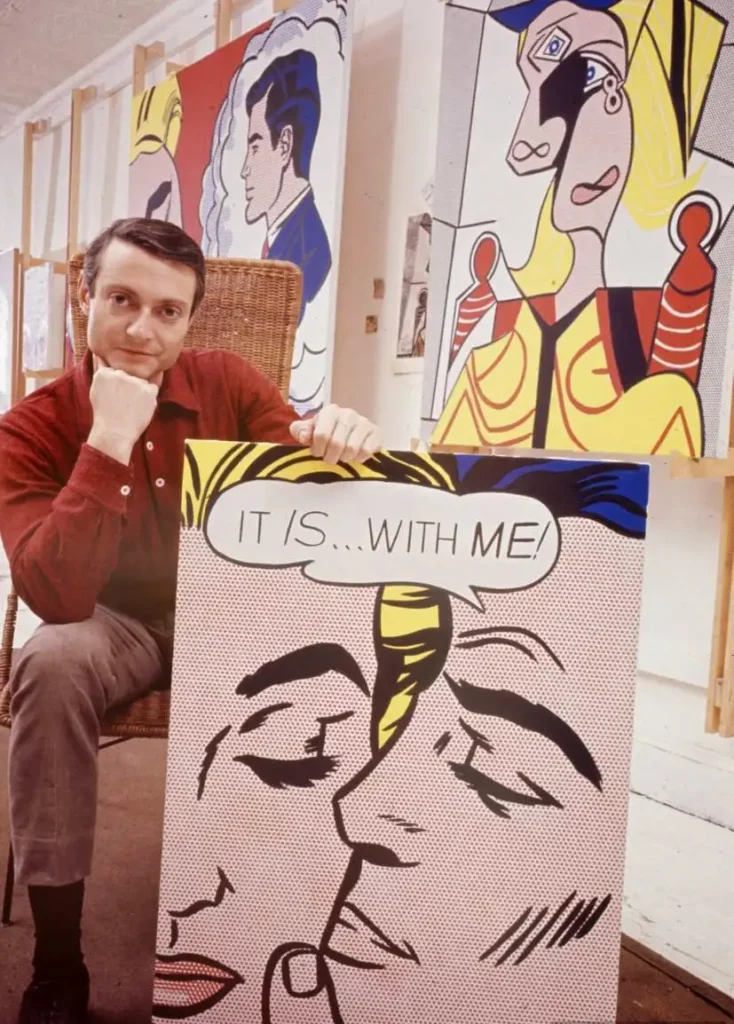
With the artistic work Lichtenstein created fundamental doubts about artists’ ability to create original content and maintain their authentic artistic identity. His practice of transforming comic panels and advertisements he challenged viewers to define what constitutes artistic value. The public received two opposing views about his work because some people saw him as a plagiarist yet others recognized his artistic genius in his social commentary about consumer culture, media and modern self-identity.
With his paintings, Lichtenstein achieved a groundbreaking artistic fusion between commercial mass production and high-end artistic expression. Lichtenstein depicted the emotional aspects of twentieth-century existence by using media representations to show people’s feelings about isolation, romance, conflict and celebrity status. With his art he presented more than visual appeal because he used visual elements to analyze how media influences human perception.
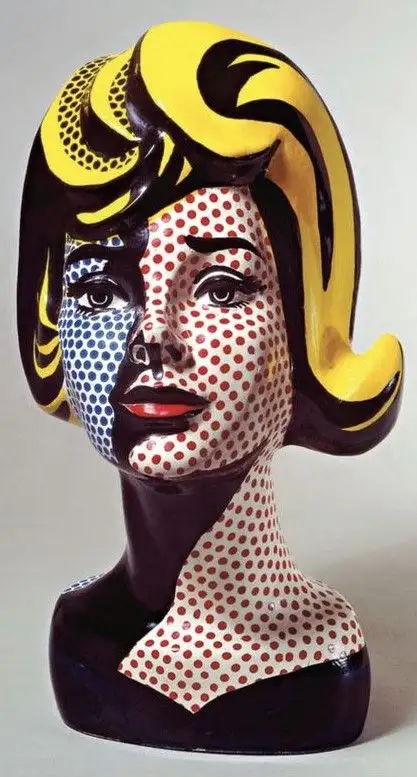
During the late 1960s and 1970s Lichtenstein started to move his artwork beyond comic book illustrations. The artist used his Pop Art style to create parodies of famous artists including Picasso, Monet and Matisse while working with landscapes and still life compositions. He developed long scale sculptures, murals and mirror paintings to study perception and surface. With his “Brushstroke” series, Lichtenstein transformed painterly gestures into mechanical forms which he used to mock expressionist artistic methods.
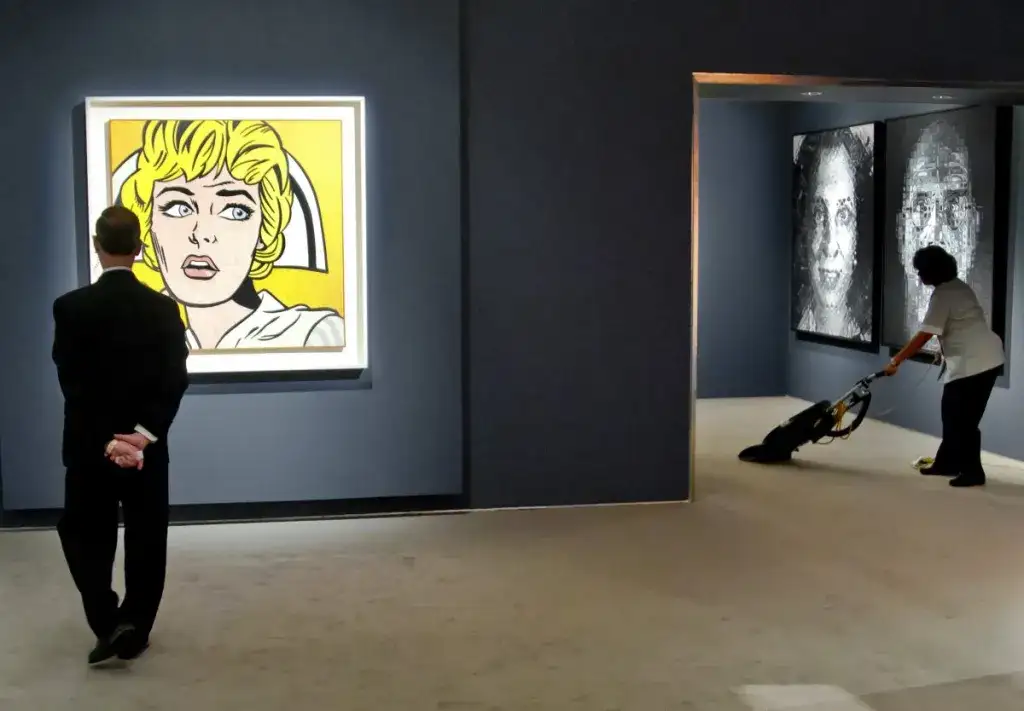
Roy Lichtenstein Artwork “Nurse” Source: AP PhotoBebeto Matthews
He died in 1997 at age of 73 but his artistic legacy continues to be enormous. Major museums throughout the world display his artwork including the Museum of Modern Art (MoMA) in New York Tate Modern in London and the Art Institute of Chicago. The visual elements of his artwork have inspired numerous artists and designers who use his distinctive style of bold lines, comic art elements and ironic themes.
The artistic influence of Lichtenstein appears throughout all aspects of modern culture including street art, fashion, digital design, haute couture collections and pop culture posters. The art world recognizes him as a foundational figure of Pop Art together with Andy Warhol and Jasper Johns. Through his artwork, he forces viewers to discover hidden value in the common images that exist in their daily environment.
There are no reviews yet. Be the first one to write one.
A whole world on the tip of a pencil. The story of an artist who proved that true art has no limits and that it is never too late to start all over again.





International fashion icon and symbol of Parisian style, Ines de la Fressange is one of the most famous women in France.
Anastasia Pilepchuk is a Berlin-based artist with Buryat roots. She creates masks and face jewellery inspired by the nature and the culture of her beautiful region.
A whole world on the tip of a pencil. The story of an artist who proved that true art has no limits and that it is never too late to start all over again.